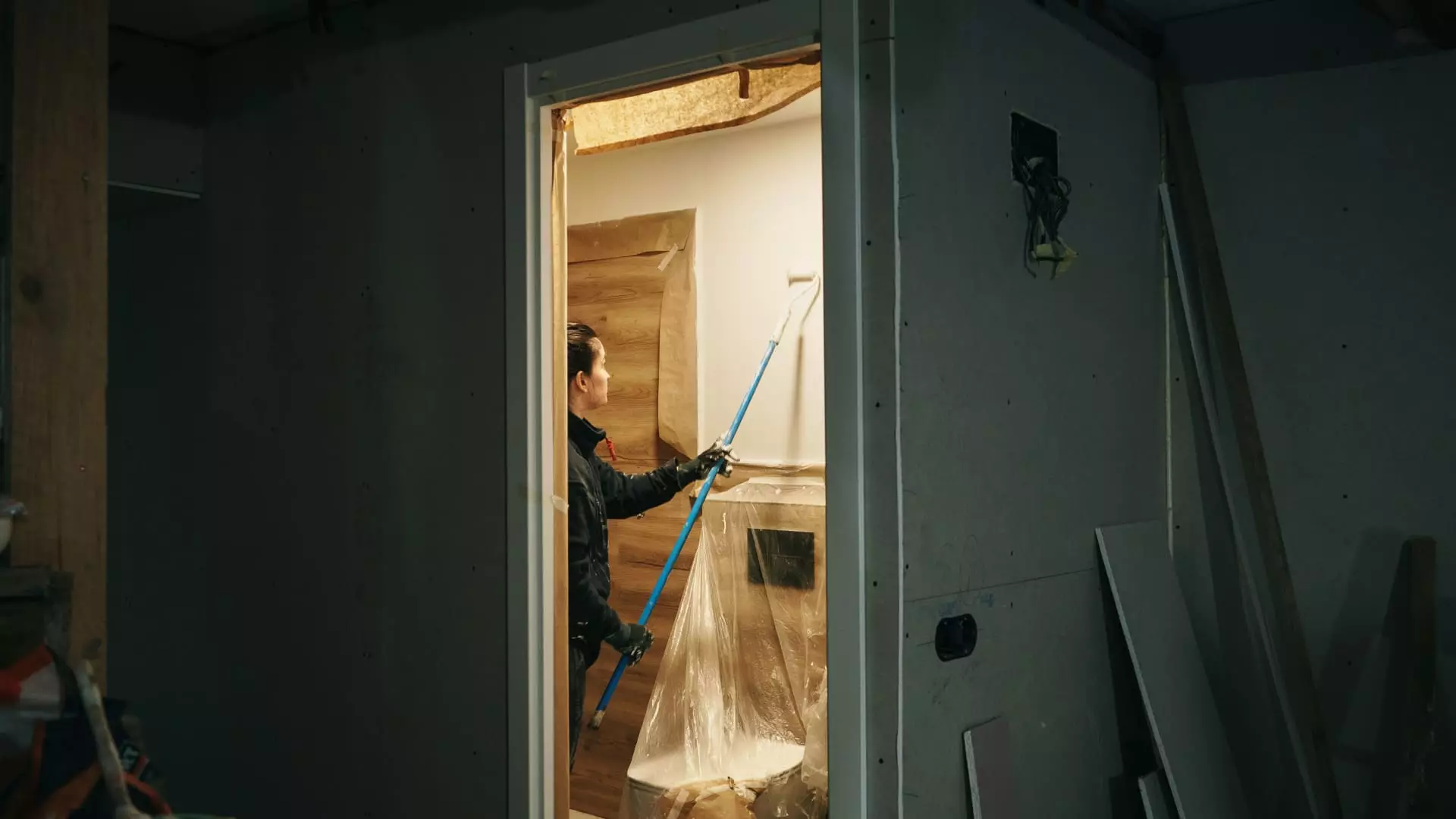The residential real estate flipping industry, which once appeared to be a lucrative haven for investors, is showing clear signs of strain. After years of growth driven by low mortgage rates and high demand, the market is now convulsing under the weight of economic headwinds. Elevated interest rates and shrinking labor pools are not just minor setbacks; they threaten to fundamentally alter the landscape. Flippers—who thrive on rapid buy-and-sell cycles—are feeling the squeeze as transaction timelines elongate and profit margins narrow, revealing an environment less forgiving than it has been in recent memory.
This contraction signals more than just a temporary slowdown; it raises questions about the long-term viability of a sector once touted as a golden opportunity. The decline isn’t simply a matter of a temporary cyclical downturn but an indication of systemic vulnerabilities. When market momentum falters, it exposes the inherent fragility of an industry built on rapid turnovers and aggressive investment strategies. Flippers, especially those less equipped with deep capital cushions and sophisticated risk management, are at increasing risk of absorbing losses or holding assets that no longer generate quick returns.
Market Deterioration and Investor Caution
Recent data from John Burns Research and Consulting, combined with Kiavi’s insights, paint a bleak picture. The second quarter saw a decline in activity among property flippers, with fewer reporting “good” sales compared to previous periods. The gap between the current market and more optimistic times highlights how sentiment has cooled. Flippers are reporting increased days-on-market—a clear sign that homes are staying longer before selling, and this extended holding period directly impacts cash flow and profitability.
The core issue here isn’t just a slowdown but a recalibration of expectations. Investors who once relied on a quick turnover with consistent 30% returns are now having to grapple with a more cautious environment. As Arvind Mohan from Kiavi notes, the delay in completing deals ties up capital, which could otherwise be reinvested into new projects. This ‘capital lock’ diminishes the ability to scale or quickly adapt to changing conditions—a critical flaw for an industry driven by agility.
Labour shortages and rising material costs further compound the problem. These costs have reached historic levels, yet intriguingly, their percentage relative to sales prices has stabilized. This suggests that while costs are up, prices are not keeping pace, clamping down on profit margins further. The fact that seasoned investors are becoming more conservative, limiting their deal flow from six to perhaps only two or three opportunities annually, underscores a stark shift in risk appetite.
Regional Disparities and Price Dynamics
Geographical differences exacerbate the downturn. Flippers operating in areas like Florida, Northern California, and parts of the Southwest are facing intensified challenges: increasing resale supply, stiff competition from large-scale homebuilders, and escalating insurance costs. These factors not only press down on potential profits but also introduce heightened complexity in executing profitable flips.
Furthermore, the market’s overall price trajectory paints a sobering picture. Despite some headlines suggesting rising home values, the truth is more nuanced. Recent months have witnessed a slowdown in home price appreciation, with some markets even experiencing declines. Home prices are just marginally higher than a year ago—by only 1.7%—a stark contrast to the rapid appreciation seen during pandemic-driven surges. Monthly gains are so modest that they hover near historical lows, reminiscent of the stagnation seen during the 2008 financial crisis.
This price stagnation, combined with rising costs and extended holding periods, significantly undermines the traditional fix-and-flip business model. When profits are thinning, and the risk of declining prices becomes tangible, the attractiveness of flipping diminishes from a strategic standpoint.
Implications for the Broader Real Estate Market
The contraction in the fix-and-flip segment serves as a cautionary tale about the broader real estate economy. The sector’s struggles reflect underlying vulnerabilities—higher borrowing costs, reduced housing turnover, and cautious investor sentiment. It signals a potential shift toward a more restrained, risk-averse environment where only the most disciplined and well-capitalized players can continue to thrive.
Lenders are tightening their criteria, signaling increasing caution. Kiavi’s recent actions to be more selective indicate that credit is becoming harder to access, not easier—a clear departure from the loose lending standards that fueled recent boom periods. Such tightening may serve a stabilizing purpose but may also stifle smaller or more aggressive investors, potentially consolidating market power among large, established entities better positioned to withstand volatility.
In essence, the once seemingly unlimited opportunity in fix-and-flip investing is receding, revealing a more prudent and conservative phase. While this might protect the broader economy from a bubble burst, it also spells trouble for those who bet heavily on a continued upward trajectory. The window for quick, high ROI deals is closing, and only those with a strategic, long-term mindset—with the capacity to navigate temporary setbacks—will survive this evolving landscape.

